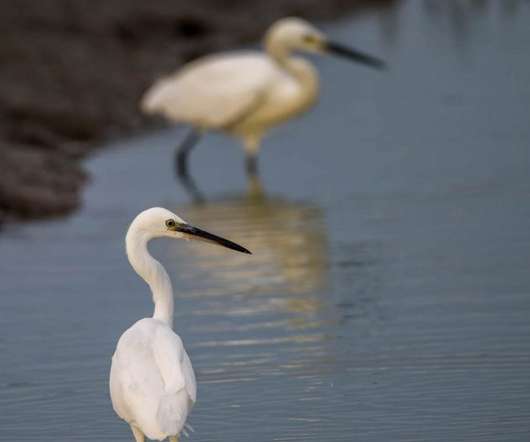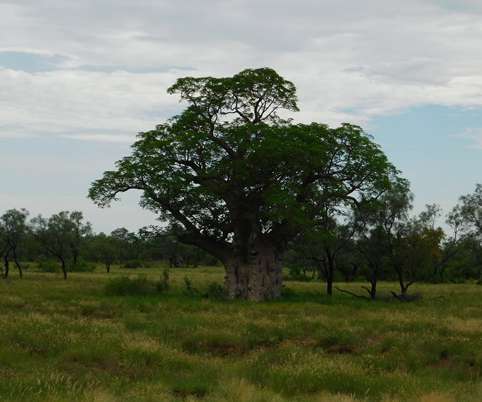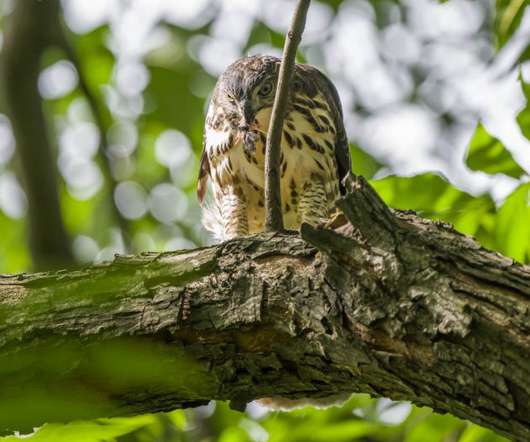The Cattle Egret Expansion
10,000 Birds
JULY 22, 2014
I’d like to introduce you to a diminutive heron, the Cattle Egret Bubuclus ibis. The Cattle Egret is native to Africa, where it is a familiar sight among herds of large mammals. They feed on insects stirred up by the herds, at times sitting on the animal itself picking off ticks and other insects. coromandus.
















Let's personalize your content